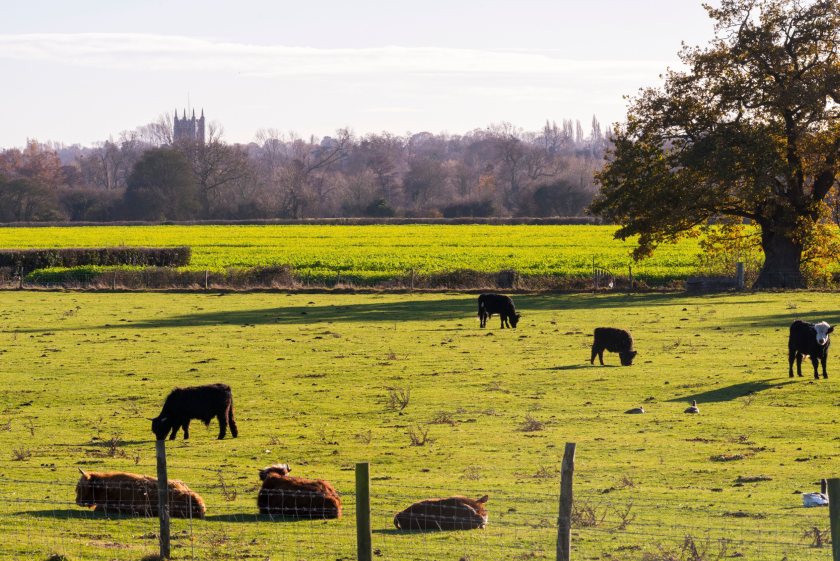
An additional risk level for Johne's disease has been introduced to help farmers and those buying stock make the most informed decision possible.
This autumn, Cattle Health Certification Standards (CHECS) is introducing the additional level of Johne’s disease Risk-Level Certification – RL1*.
The new Risk Level 1* will be awarded to RL1 herds which have a negative blood test for Johne’s disease.
Risk Level 1 herds containing animals that have a blood positive test for Johne’s, that are subsequently faecal negative, will not qualify for RL1* status.
Risk Level 1* status will also be accompanied by the number of consecutive years in brackets that herd has held the RL1* status.
For a herd that has had no animal testing blood positive for four years, its classification will be RL1*(4 years).
Tim Brigstocke, CHECS executive director said: “We’ve listened to the concerns of vets, breeders and the industry on this and introduced this new level as a result.
“Control of Johne’s disease is of crucial importance to animal health and welfare, farm efficiency and sustainability, and it’s increasingly important to customers and consumers.
"We cannot ignore the effect it has on the long-term viability of our herds and also their environmental impact.
"Ultimately, infected herds will be less efficient, with animals that do not thrive, increasing the carbon footprint of the milk or beef produced.”
The recommendation to add a new risk level was made by the CHECS Technical Advisory Group (TAG), following the universal agreement of the proposal by every member of the group.
The recommendation was put to the CHECS board who has approved its introduction.
